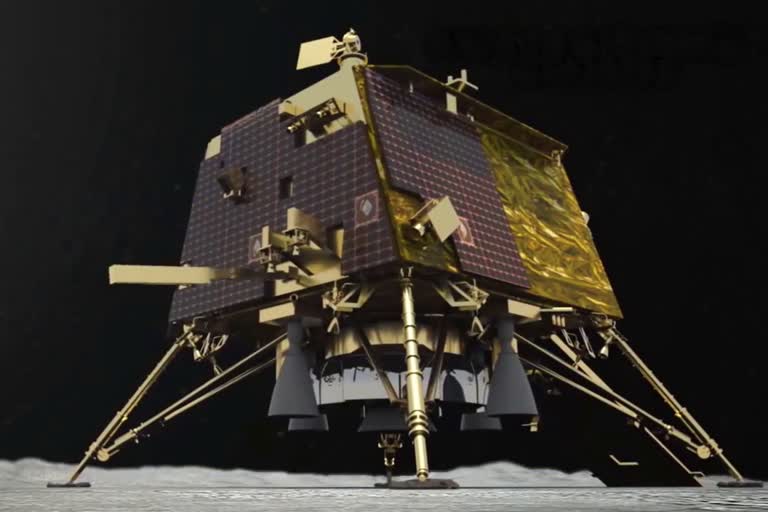वाशिंगटन : अमेरिकी अंतरिक्ष एजेंसी नासा ने कहा है कि चंद्रमा क्षेत्र के पास से हाल में गुजरे उसके चंद्रमा ऑर्बिटर द्वारा कैद की गई तस्वीरों में चंद्रयान-2 के विक्रम लैंडर का कोई सुराग नहीं मिला है.
यह ऑर्बिटर चंद्रमा के उस क्षेत्र से गुजरा था, जहां भारत के महत्वाकांक्षी मिशन 'चंद्रयान-2' ने सॉफ्ट लैंडिंग का प्रयास किया था.
यह भी पढ़ें : जानें, लैंडर का नाम 'विक्रम' क्यों रखा गया, कैसे करता है काम
भारतीय अंतरिक्ष अनुसंधान संगठन (इसरो) ने सात सितम्बर को चंद्रमा के दक्षिणी ध्रुव पर विक्रम की सॉफ्ट लैंडिंग कराने का प्रयास किया था, लेकिन लैंडर से सम्पर्क टूट जाने के बाद से उसका कुछ पता नहीं चल सका है.
लूनर रिकॉनसन्स ऑर्बिटर (एलआरओ) के परियोजना वैज्ञानिक नोआह एडवर्ड पेट्रो ने ई-मेल के जरिये विशेष बातचीत में बताया, 'एलआरओ मिशन ने 14 अक्टूबर को चंद्रयान-2 विक्रम लैंडर के उतरने वाले स्थान के क्षेत्र की तस्वीरों को कैद किया, लेकिन उसे लैंडर का कोई सुराग नहीं मिला.'
पीट्रो ने बताया कि कैमरा टीम ने बहुत ध्यान से इन तस्वीरों का अध्ययन किया और बदलाव का पता लगाने वाली तकनीक का इस्तेमाल किया, जिसमें लैंडिग की कोशिश से पहले की तस्वीर और 14 अक्टूबर को ली गई तस्वीर के बीच तुलना की गई.
एलआरओ मिशन परियोजना के उप वैज्ञानिक जॉन केलर ने बताया, 'यह संभव है कि विक्रम किसी छाया में छिपा हो या फिर जिस क्षेत्र में हमने उसे खोजा, वहां पर वह नहीं हो. यह क्षेत्र कभी भी छाया से पूरी तरह से मुक्त नहीं होता है.
इससे पहले 17 अक्टूबर को कये गये एक मिशन में भी एलआरओ टीम को लैंडर की तस्वीर लेने या उसका पता लगाने में कामयाबी नहीं मिली थी।



